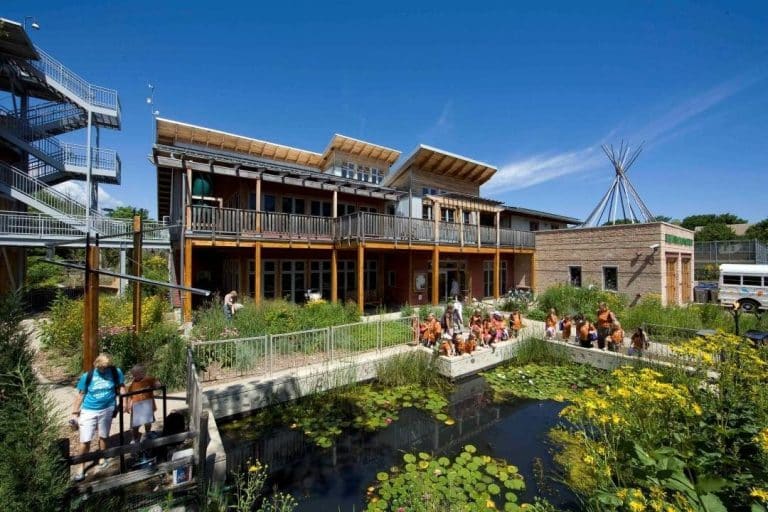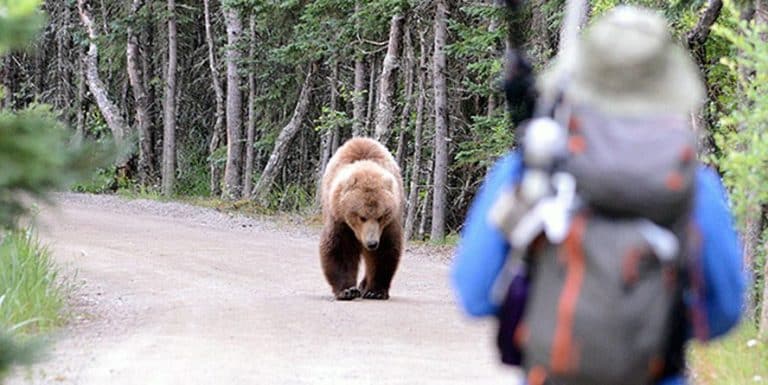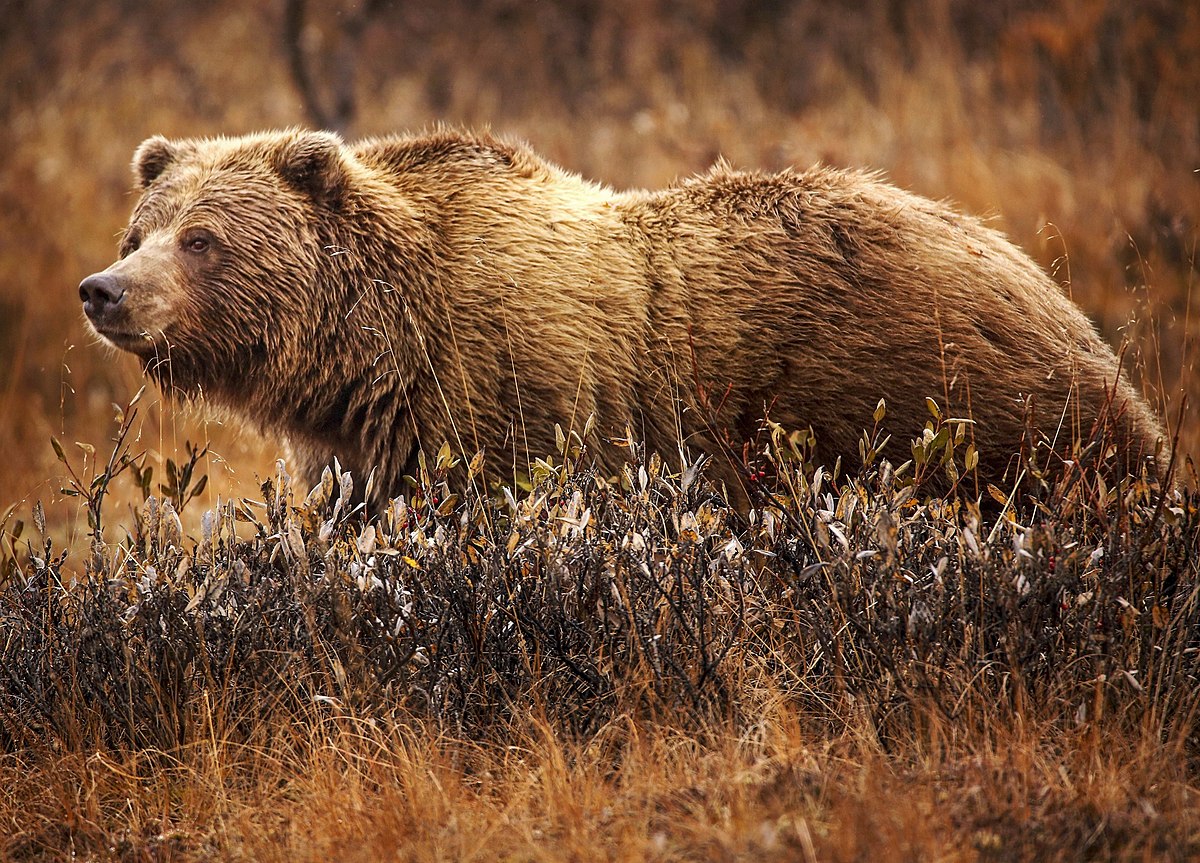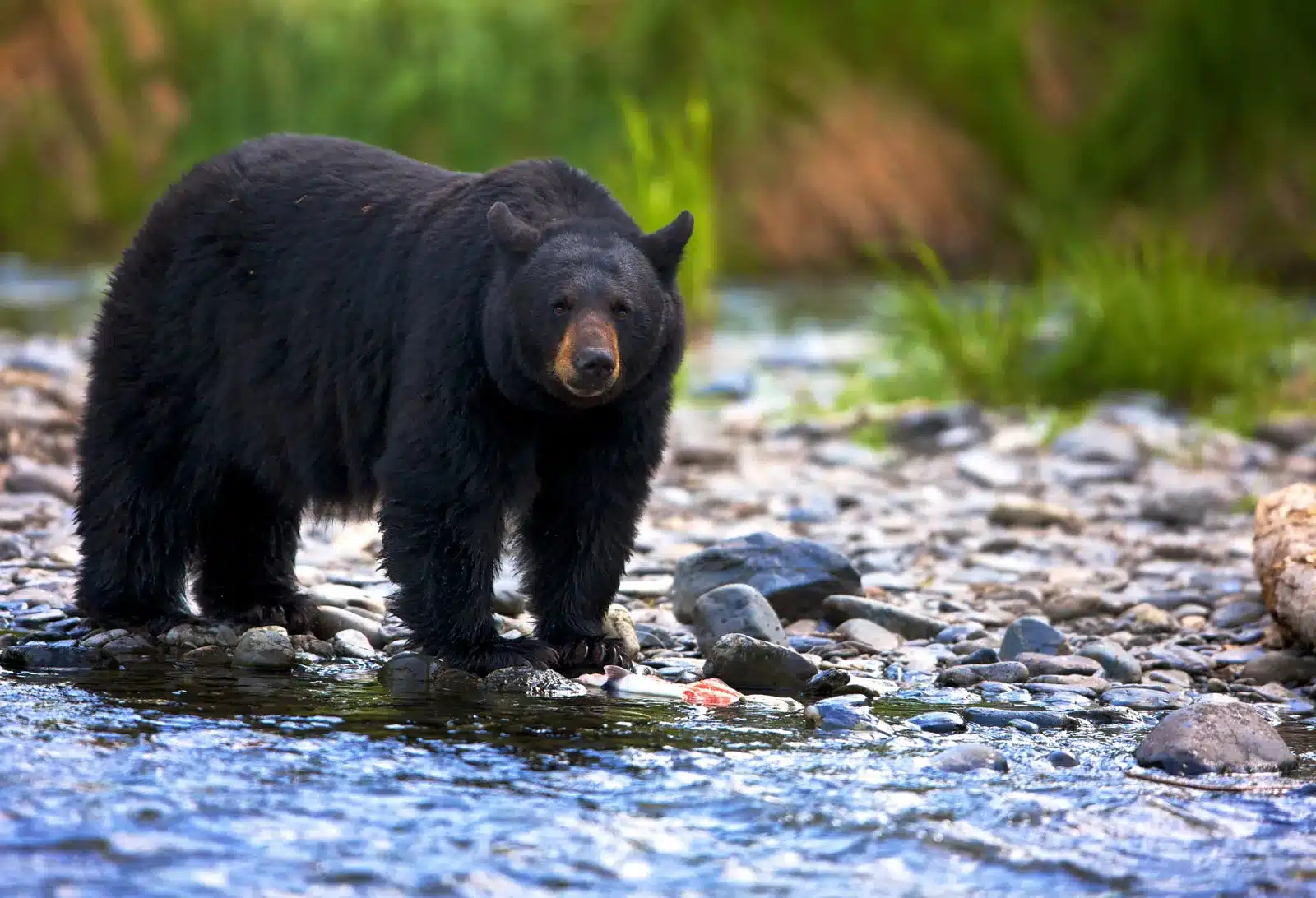Nestled in the heart of Texas, Dallas epitomizes the ideal combination of urban sophistication and natural beauty. Amidst its towering skyscrapers and bustling streets, the city boasts a rich tapestry of green spaces and lush landscapes, providing a welcome respite from the hustle and bustle of urban life.
Homeowners in Dallas have a unique opportunity to enhance their properties through thoughtful landscaping, reaping both financial and environmental benefits in the process. Employing a skilled landscape architect Dallas can further elevate the beauty and functionality of your outdoor space.
Increasing Property Value
One of the most tangible benefits of home landscaping is its potential to increase property value. Well-designed landscapes can significantly enhance a home’s curb appeal, making it more appealing to potential buyers.
Studies have shown that properties with professionally landscaped yards can fetch a higher resale value than those with neglected outdoor spaces. By investing in quality landscaping, homeowners can enjoy a substantial return when it comes time to sell their property.
Energy Efficiency
Strategic landscaping can also contribute to improved energy efficiency in the home. Trees and shrubs strategically placed around the property can provide natural shade during the hot summer, reducing the need for air conditioning.
Similarly, carefully positioned windbreaks can help shield the home from harsh winter winds, lowering heating costs. By harnessing the power of nature, homeowners can slash their energy bills while reducing their carbon footprint.
Additionally, strategically incorporating elements such as permeable paving and rain gardens into the landscape design can also help manage stormwater runoff, mitigating the risk of flooding and reducing strain on municipal drainage systems.
Water Conservation
In an era of increasing water scarcity, landscaping practices that promote water conservation are more important than ever. Drought-resistant plants, such as succulents and native grasses, require minimal irrigation, helping homeowners conserve water and reduce water bills. Additionally, implementing drip irrigation and mulching techniques can further enhance water efficiency in the landscape.
Promoting Biodiversity
This practice provides an opportunity to create thriving ecosystems that support a wide range of plant and animal species. By incorporating native plants into their landscapes, homeowners can appeal to pollinators like bees and butterflies, which are essential for the health of local ecosystems.
Furthermore, diverse plantings can help deter pests and promote soil health, reducing the need for chemical pesticides and fertilizers. By fostering biodiversity in their backyard, homeowners can contribute to preserving native flora and fauna while creating a vibrant and dynamic outdoor space.
Seeking Expert Guidance
Seeking expert guidance can further elevate the benefits of home landscaping. A professional landscape architect in Dallas possesses the knowledge and expertise to design and implement sustainable, aesthetically pleasing landscapes tailored to the unique needs of each property.
By partnering with a skilled professional, homeowners can ensure their landscaping projects are executed with precision and care, maximizing their financial investment and environmental impact.
Home landscaping in Dallas offers many benefits that extend far beyond mere aesthetics. From increasing property value to promoting energy efficiency and biodiversity, investing in nature through landscaping is a smart and sustainable choice for homeowners.
By harnessing the natural world’s power, homeowners can improve the beauty and functionality of their outdoor spaces and positively impact the environment and their well-being.






























